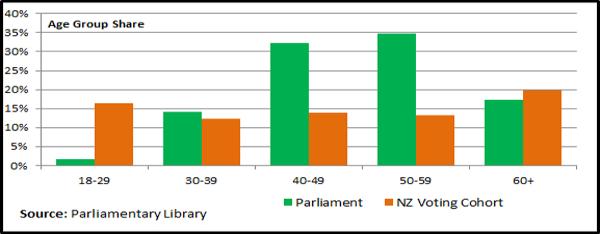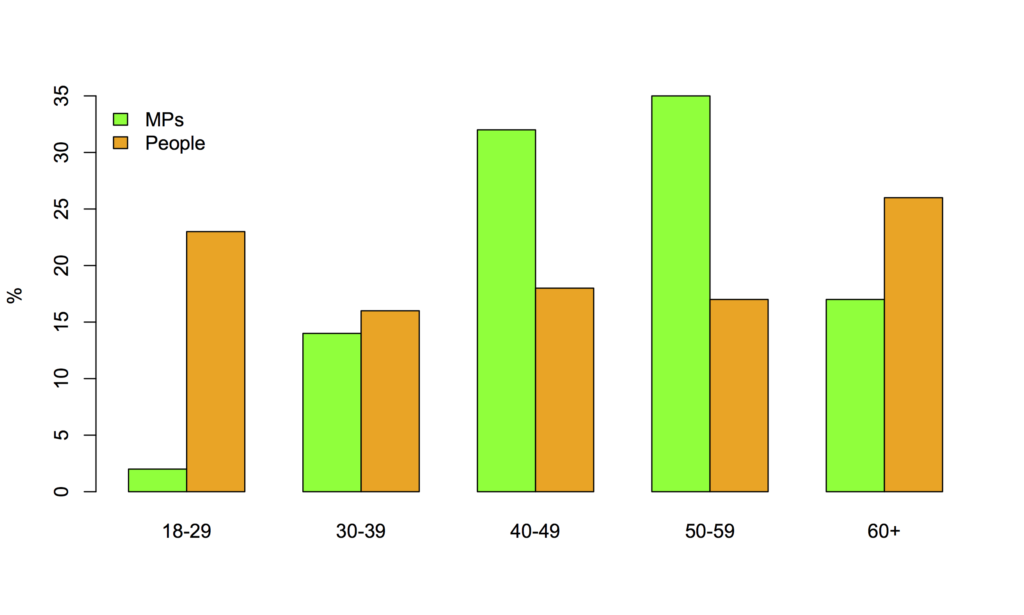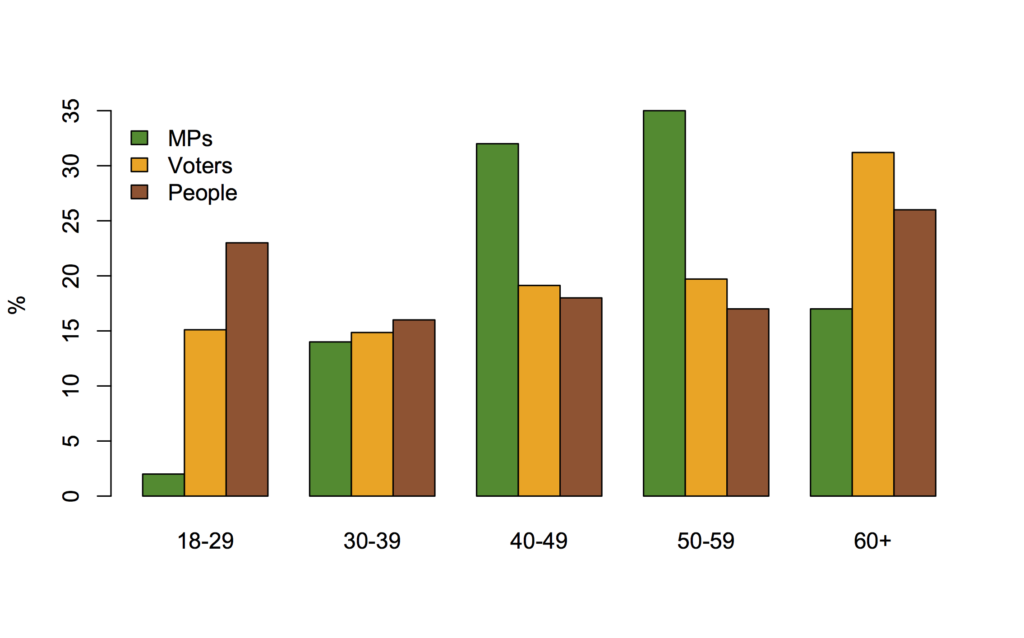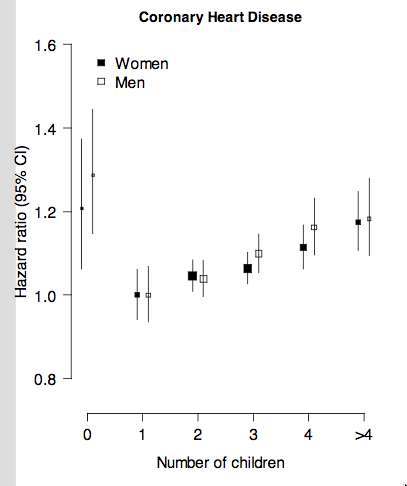From a story in the Guardian about the US government and official statistics
In August, the then presidential candidate described the Bureau of Labor Statistics (BLS) unemployment numbers as “phoney”, claiming: “The 5% figure is one of the biggest hoaxes in American modern politics.” In the same speech, Trump suggested alternative data, adding: “The number’s probably 28, 29, as high as 35. In fact, I even heard recently 42%.”
As the story goes on to say, Trump is unlikely to tamper with the estimation of basic economic statistics — they’re too important to government and big business, and it would be a very messy fight. It’s more likely that lower-level statistics on questions he doesn’t want answered will be lost. On the other hand, there are a lot of unemployment statistics it’s possible that the government could start advertising a different one.
The number that’s “probably 28, 29, as high as 35. In fact, I even heard recently 42%” exists. It’s reported by the Bureau of Labor Statistics in the same report that gives the 5% number, and estimated from the same basic data. It’s just that there are a lot of ways to summarise changes and differences in unemployment and the whole world has decided the 5% number is a good one to standardise on.
It’s relatively easy to count the number of people with jobs: either by a survey or by the fact that they (mostly) pay taxes. What’s harder is to decide who to compare them to. The simplest choice, dividing by the total population, gives the ’employment:population ratio’. You still need to decide which total population to use; the standard choice is everyone 16-64 who isn’t in the military, in prison, or in some other sort of institution such as a nursing home. The employment:population ratio in the US is currently a little under 60% in the US, still down a lot in the Great Recession. In New Zealand, it’s about 67%. Subtracting from 100% gives about 40% in the US and about 33% in NZ.
The problem with using the employment:population ratio to measure unemployment is the fact that it counts a lot of people who aren’t even potentially employed. In particular, a lot of the variation between countries and over time in the employment:population ratio comes from women entering the workforce, which isn’t a change in unemployment in the sense that we usually mean.
‘Unemployment’ in the sense we usually care about means that people are trying to get jobs, and can’t. The difficulty here is measuring who is trying to get a job, which has to be done by surveys and has to be approximated with a questionnaire. The ‘headline’ measure of unemployment is people looking for jobs as a fraction of those who have jobs or are looking — the denominator is called the ‘labour force’.
However, when jobs get hard to find, some people will temporarily stop looking and do something more productive instead. These aren’t the same as people who currently don’t want a job. So, in addition to the employment:population ratio and the unemployment rate, statistics agencies publish a range of other summaries. Stats NZ reports ‘underutilised’ people, defined as ‘underemployed’ (wants more work), “unemployed”, “potential available jobseeker” (wants work but not actively looking), and ‘unavailable jobseeker’ (looking, but for a future start, not right now). The US Bureau of Labor Statistics reports ‘marginally attached’ (don’t have a job; were looking recently), ‘part time for economic reasons’ (basically Stats NZ’s underemployed), and ‘discouraged’ (not looking because they say they don’t think there are jobs).
You can combine these numbers lots of ways, and there are good uses for many of them. But the headline unemployment rate isn’t a hoax, and anyone who wants to understand what it means and how it’s calculated can readily find out.



